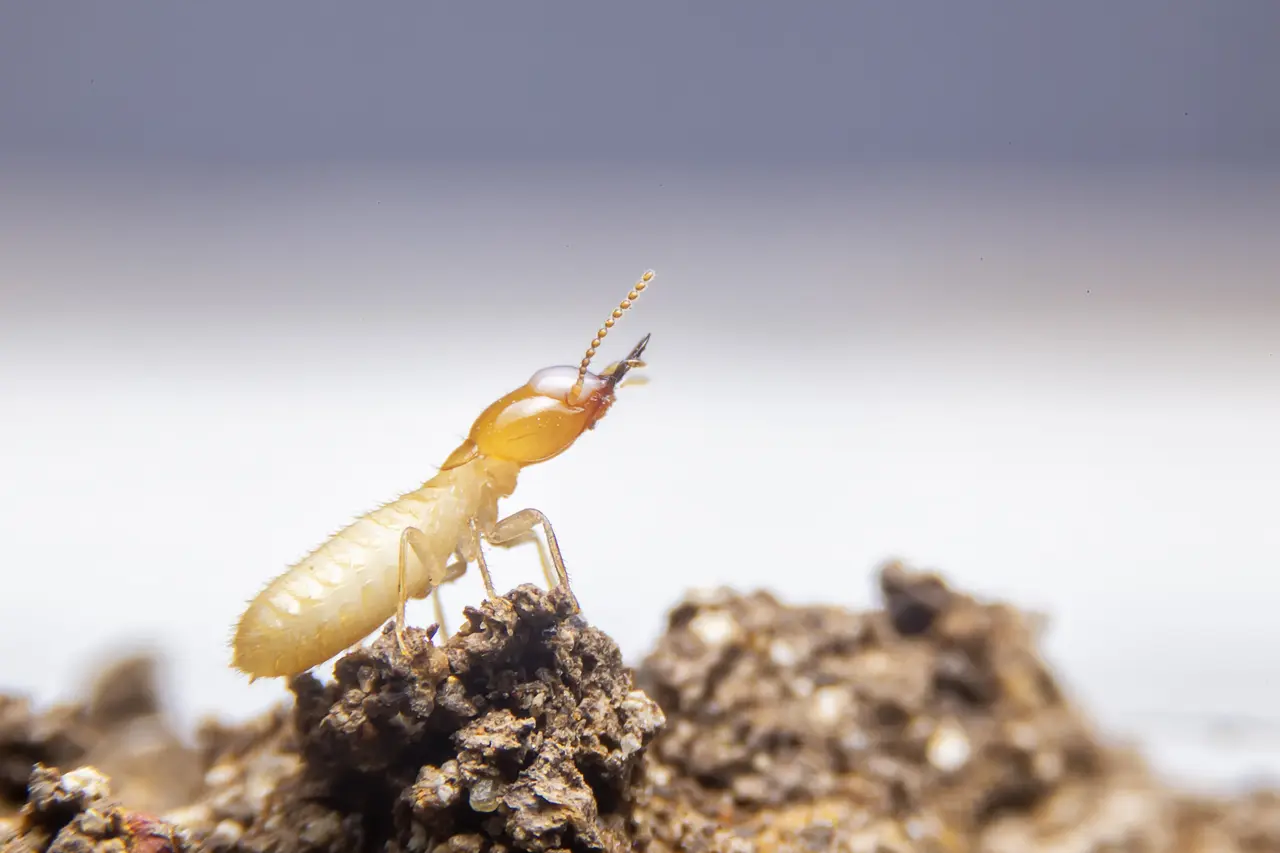Termites can wreak havoc on your home before you even realize they’re there. Knowing the signs of a termite infestation can save you from costly repairs and extensive damage. In this blog, we’ll explore the clear indicators that it’s time to call in the termite treatment professionals.
1. Mud Tubes Around Your Home
Termites build protective tubes made from mud to travel between their colony and food sources. If you notice these tubes along your walls or foundation, it’s a strong indication that termites are present. These structures typically appear like thin, dirty veins snaking up the walls, often in shaded, less visible areas. Since termites are highly sensitive to light, these mud tubes offer the perfect disguise as they go about their destructive work.
These mud tubes can frequently be found in places where they can connect the ground to a wooden structure in your home. This allows termites to safely traverse from their nests to the wood, which they consume as their primary food source. Spotting these tubes early can save your property from extensive damage.
Don’t ignore these indicators. Doing so can lead to significant structural damage and compromise the integrity of your home. For a comprehensive termite treatment plan, a professional pest control service is essential to locate the origin of the infestation and eliminate it efficiently.
2. Hollow-Sounding Wood
Tap on wood surfaces in your home. If you hear a hollow sound, it could mean that termites have been eating away at the interior of the wood, leaving only a thin outer layer. This is because termites consume wood from the inside out, often leaving the exterior surface intact, but severely compromising the wood’s internal structure.
Next time you do some spring cleaning, take a few extra minutes to gently knock on wooden beams, floors, and other wooden structures in your home. It’s a simple test that could reveal underlying damage that isn’t immediately visible. If you notice this hollow sound, it’s a major red flag signaling the need for prompt professional intervention.
3. Discarded Wings Near Windows or Doors
Termites swarm to establish new colonies, and they shed their wings once they’ve found a new home. Finding these tiny, discarded wings is a clear sign of termite activity. Usually spotted near windows, doors, and other entry points, these wings can sometimes be mistaken for those of flying ants.
Termite wings are typically uniform in size, whereas flying ant wings are not. If you’re finding these discarded wings around your home, especially during warmer months, it’s time to consider calling in the experts for a thorough inspection.
4. Frass on Surfaces
Frass, or termite droppings, can look like sawdust or sand and may be found near termite nests. It’s another strong indicator that termites are making themselves at home in your property. This powdered substance is actually termite excrement, expelled after consuming wood.
Discovering frass is a telltale sign because termites produce it in large quantities as they create tunnels and eat through wood. If you notice small piles of what look like sawdust in areas where it shouldn’t be, you might be dealing with a termite invasion.
5. Buckling or Swollen Floors and Ceilings
As termites consume the cellulose in wood, structural integrity can be compromised. This may cause floors and ceilings to buckle or swell, suggesting significant infestation. When termites feast on wood, they leave empty spaces inside, leading to visible deformities on the surface.
If your floors or ceilings have started to bulge or warp for no apparent reason, it could be because termites are munching away beneath the surface. These structural changes are not just cosmetic; they can weaken the foundation of your home and require immediate attention.
6. Tight-Fitting Doors and Windows
Termite damage can cause wood to warp. If you notice that doors and windows are suddenly hard to open or close, this could be a sign that termites are eating away at the surrounding wood. The moisture from termite activity can also lead to changes in the wooden structure, causing it to expand or contract.
Addressing this issue sooner rather than later can save you from having to replace more extensive parts of your home. Once termites have weakened the wood around doors and windows, these structures can no longer function properly, leading to further complications.
7. Clicking Sounds from Walls
Believe it or not, you might hear termites. If you put your ear close to the wall and hear a faint clicking sound, it could be soldier termites shaking their bodies or banging their heads against the wood to signal danger. This scratching or rustling noise is often challenging to detect but becomes more evident during the quieter hours.
Listening for this noise can help you identify a termite problem before it becomes visible. Recognizing these auditory signs gives you a chance to contact professional termite control services immediately, helping to mitigate damage early on.

